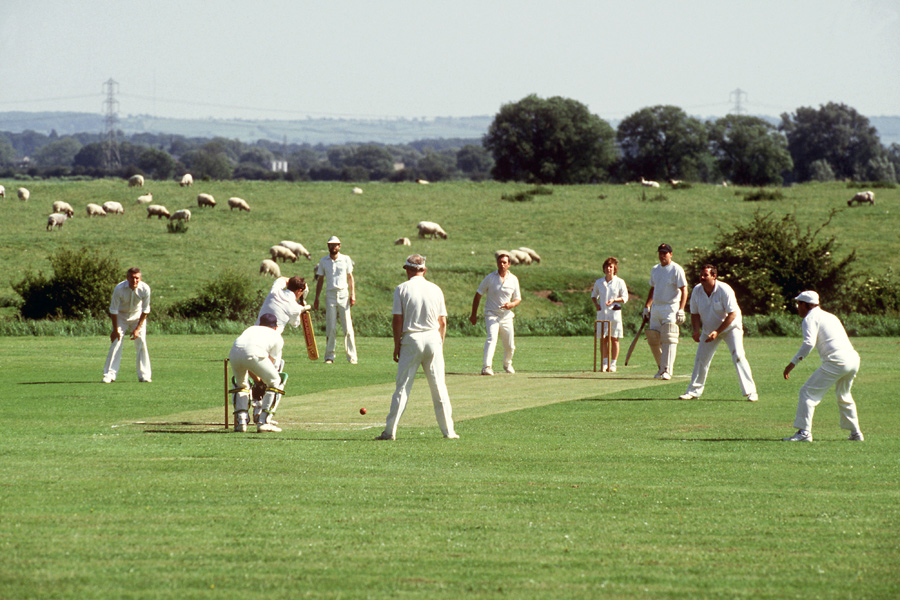ChatGPT
Inflation, a ubiquitous economic phenomenon, wields a significant impact on the purchasing power of individuals and the stability of economies. Governments often tout their achievements in taming inflation, but a deeper examination reveals a nuanced reality. This essay explores the intricacies of inflation, clarifies the deceptive nature of government claims regarding inflation reduction, and provides illustrative examples to shed light on the distinction between inflation rates and actual price changes.
The Inflation Mirage: When governments proudly announce the reduction of inflation from 10% to 5%, it is not a declaration of falling prices but rather a claim of moderating the rate at which prices increase. Inflation is not a direct measure of price levels but a gauge of how quickly those levels are changing. Imagine a roller coaster; if it slows down from an extreme speed to a slower one, it is not moving backward, merely decelerating its forward motion.
Understanding the Steps: To comprehend the mechanics, consider a hypothetical good priced at £1 at the end of 2021. If the inflation rate for 2022 is 10% and 5% for 2023, the price evolution can be broken down into stages.
Step 1: 2022 Inflation Price at the end of 2021 = £1 Inflation in 2022 = 10% Price after 2022 inflation = £1 * (1 + 0.10) = £1.10
Step 2: 2023 Inflation Price after 2022 inflation = £1.10 Inflation in 2023 = 5% Price after 2023 inflation = £1.10 * (1 + 0.05) = £1.155
The Price Illusion: Governments' claims of lowering inflation from 10% to 5% create an illusion of prices falling. However, the reality is that while the rate of price increase has slowed down, prices are still ascending. This can be compared to a marathon runner who has reduced their speed; they are still moving forward, just not as swiftly as before.
Deconstructing Government Claims: Governments may employ such claims for various reasons, including instilling confidence in economic policies or promoting their efforts to stabilize the economy. However, this communication can lead to misunderstanding and misinterpretation by the public. For instance, an individual may perceive a 5% inflation rate as a signal to expect a decrease in their expenses, only to find that their cost of living continues to rise, albeit at a slightly slower pace.
Examples:
Real Estate: If a government announces a reduction in inflation from 10% to 5%, potential homebuyers might anticipate lower house prices. However, the reality could be that property prices are still increasing, but at a diminished rate. This could affect individuals' decisions regarding homeownership and mortgage commitments.
Consumer Goods: A consumer who witnesses a lower inflation rate might believe that their monthly grocery bills will decrease. Yet, the prices of essential commodities may still be rising, putting pressure on their household budget.
The distinction between inflation rates and actual price changes is a crucial concept that citizens must grasp to make informed financial decisions. Governments' claims of lowering inflation, while important for economic stability, should not be misconstrued as a signal of falling prices. Recognizing the difference between a decrease in the rate of price escalation and a true decline in prices is pivotal in navigating the complex landscape of personal finance and economic planning.

